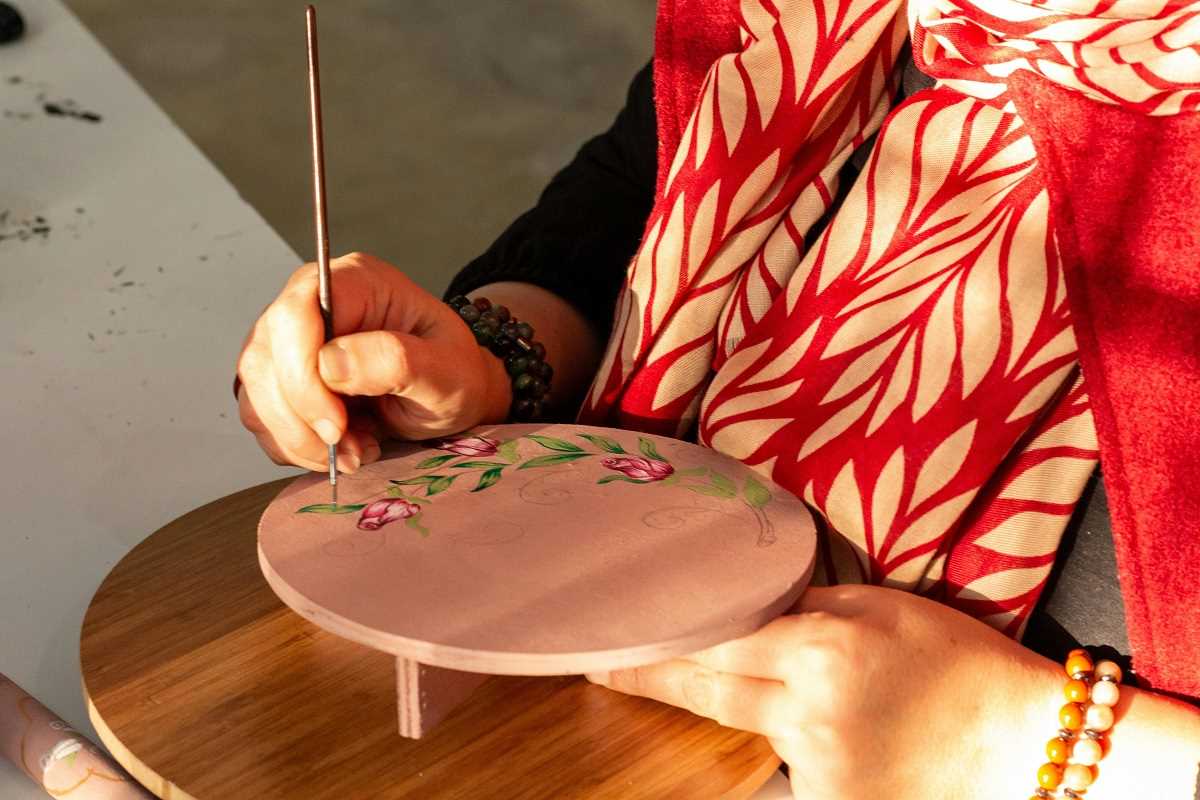Handwoven textiles offer a world of creativity, color, and tradition, each piece telling its own unique story. Artisans pour skill and care into every thread, resulting in fabrics that reflect both heritage and artistry. This article takes you through the fascinating world of authentic handwoven fabrics, highlighting the dedication and time that go into their creation. You will find practical tips on identifying genuine pieces when visiting regional markets, making it easier to appreciate what sets these textiles apart. Allow yourself to enjoy the experience of discovering a craft that carries generations of cultural history in its weave.
As you dive into the world of weaving, you will learn what makes these textiles special and how local artisans pass down their skills from one generation to the next. Every fabric tells a story, and understanding these narratives deepens your appreciation for their beauty and history.
The Importance of Handwoven Textiles in Local Culture
Handwoven textiles have long served as a mirror of local identity. They reflect the diverse customs, natural resources, and artistic skills that communities maintain and celebrate. Local weavers work with time-honored techniques passed down from their elders, ensuring that every cloth carries the imprint of its creator’s heritage.
This cultural practice not only preserves ancient traditions but also nurtures community pride. People connected to these traditions often weave symbolism into patterns, colors, and textures. Artisans use fabrics to express stories of the land, love, and history, which in turn build bridges across generations and geographies.
Key Features of Authentic Handwoven Textiles
Authentic handwoven textiles exhibit distinct characteristics that set them apart from machine-made alternatives. A careful examination reveals the heart and soul embedded in each piece. When you handle these fabrics, you may notice a level of individuality that mass-produced items rarely offer.
Several features help you recognize authenticity. Below are some key points to consider:
- Unique Patterns: Every design often contains subtle variations that reflect the artisan’s personal touch. These irregularities serve as badges of genuine craftsmanship.
- Irregular Weave: Authentic textiles display natural inconsistencies in their weave, a sign of handwork rather than uniformity from a machine.
- Quality Materials: Traditional methods typically use locally sourced, high-quality fibers that feel soft yet resilient to the touch.
- Cultural Motifs: Symbols and patterns represent local lore or nature, offering insights into the region’s history and beliefs.
If you pay attention to these details, you are more likely to pinpoint textiles crafted by genuine hands who care about tradition and artistry.
Common Techniques and Materials Used
Many traditional weavers rely on methods that have developed over centuries. They work with techniques that honor the past while continuing to innovate through artistic experimentation. By understanding these methods, you can better appreciate the craft behind each fabric.
Below is a list of important techniques and common materials:
- Plain-Weave: One of the simplest yet most enduring techniques, where the weft threads pass over and under the warp threads, creating a strong fabric.
- Satin Weave: This method allows some warp or weft threads to float longer across the fabric, producing a subtle shine that catches the light beautifully.
- Jacquard Weave: A complex technique that creates elaborate patterns, often incorporating multiple colors and intricate designs.
- Cotton and Wool Blends: Local artisans often combine fibers, primarily cotton and wool, to produce fabrics that are both durable and soft.
- Natural Dyes: Traditional dyeing processes use plants, minerals, and insects to create colors rich in depth and natural variation.
These methods highlight the creativity and technical skill of the artisans. By examining the weave and material quality, you can better understand the story behind every textile and the effort involved in its creation.
Spotting Fakes: Tips for Shoppers in Regional Markets
The excitement of browsing regional markets for handwoven textiles can be marred by imitations that do not embody the spirit of true craft. Shoppers can benefit from a few straightforward tips that help distinguish genuine articles from mass-produced copies. Real textiles often hold nuances that only come from human hands and time-tested traditions.
When shopping, consider the following tips:
- Inspect the Weave: Genuine textiles will show small inconsistencies in the patterns. A completely uniform weave might indicate a machine-made replica.
- Examine the Edges: Handwoven pieces usually exhibit neatly finished but slightly uneven edges, evidence of meticulous work performed under non-industrial conditions.
- Ask About the Story: Interacting with sellers can reveal the history behind the piece. Authentic items often come with a personal narrative that you won't find with fakes.
- Check the Materials: Look for fibers such as cotton, wool, or silk that feel natural. Synthetic materials may be a red flag if the piece is advertised as traditional.
- Price Considerations: A deal that seems too good to be true might mean that the textile is not as authentic as it appears. Quality craftsmanship carries a genuine value.
Using these hands-on techniques not only helps secure authentic textiles but also builds appreciation for the artistry and effort behind them. Genuine pieces tell you that the weaver poured heart and soul into every thread.
Connecting Traditions and Related Art Forms
Traditional textiles often connect with a broader spectrum of local art forms. Whether through intricate embroidery, pottery, or basketry, you can see a shared influence that echoes cultural values and a respect for natural materials. The techniques used in weaving often translate into other crafts, creating a network of artisanal traditions that inform and inspire one another.
These artistic connections allow communities to preserve their heritage while also inviting innovation. When artisans collaborate across disciplines, they create a vibrant cultural dialogue that honors ancient practices while welcoming modern expressions. Recognizing these links can deepen your appreciation for the work, turning each purchase into a celebration of cultural diversity.
Handwoven textiles offer a glimpse into the soul of a community, where every thread mirrors historical narratives and cultural pride. The tactile nature of these crafts invites you to become a part of the timeless story that each piece expresses.
Explore these beautiful works and support a tradition that values skill and history. Happy weaving!
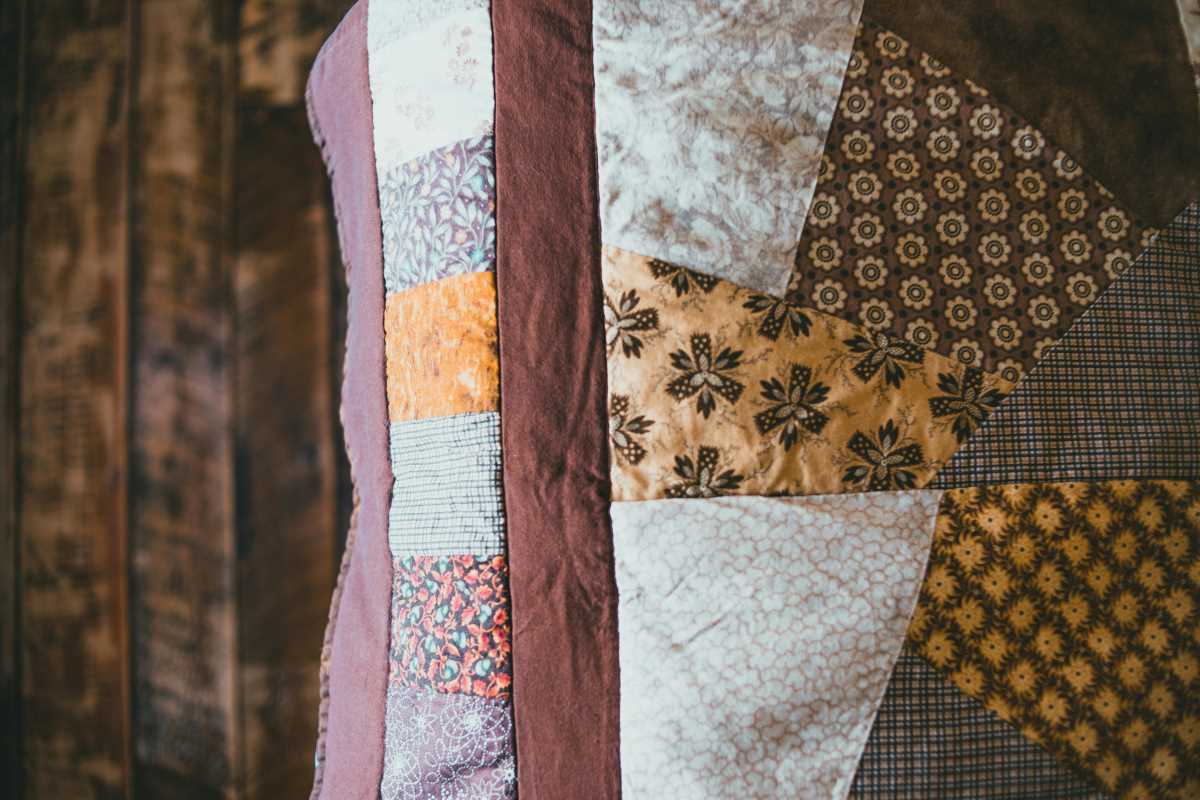 (Image via
(Image via
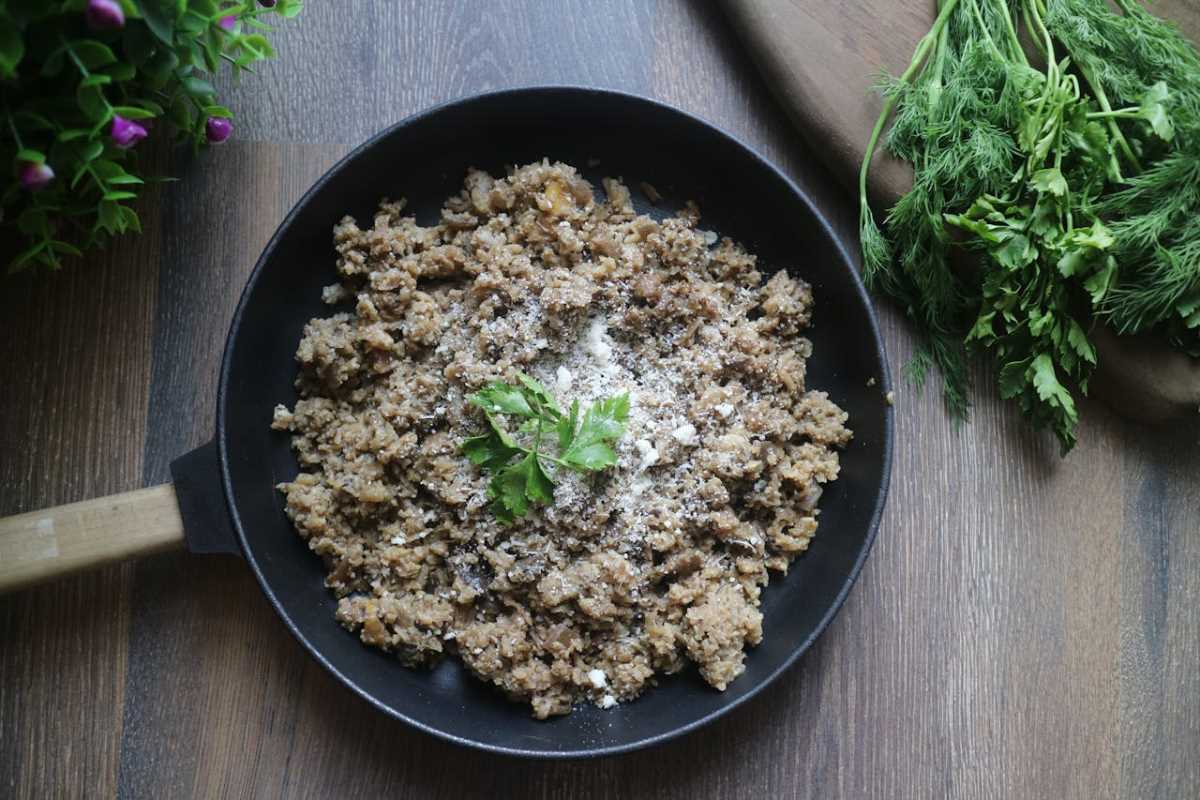
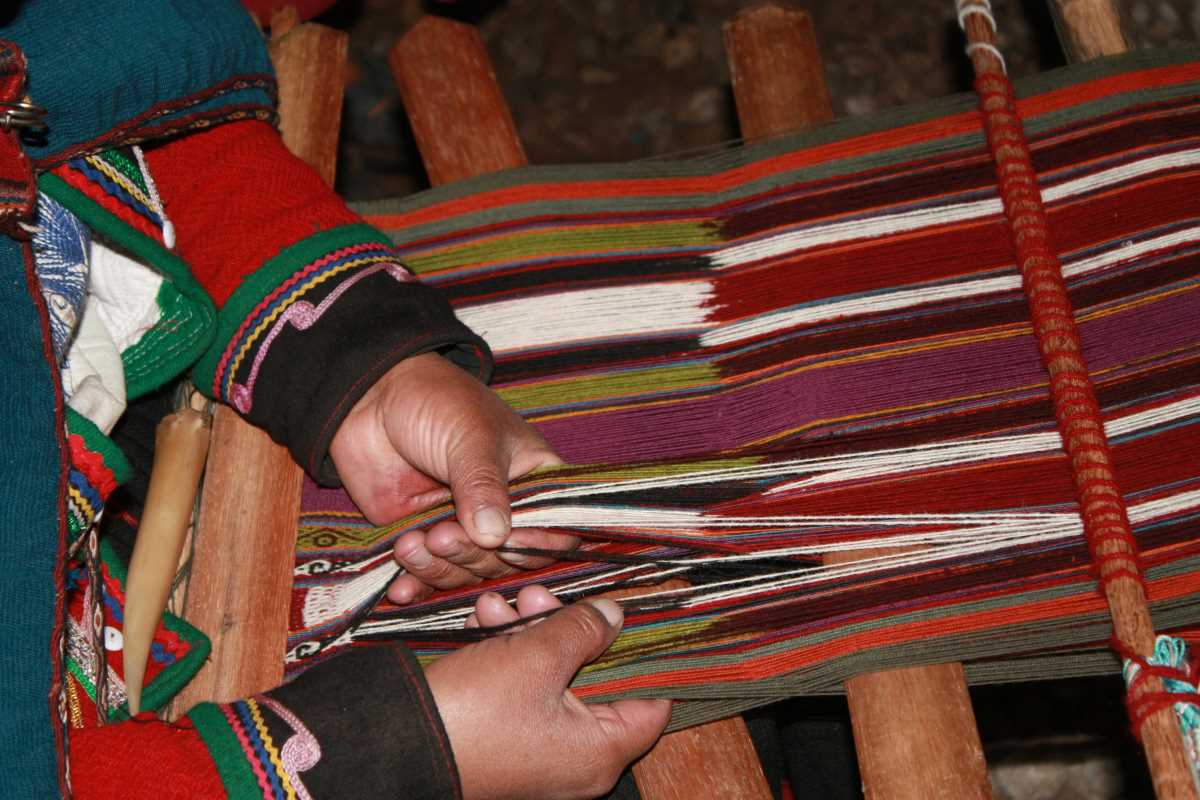
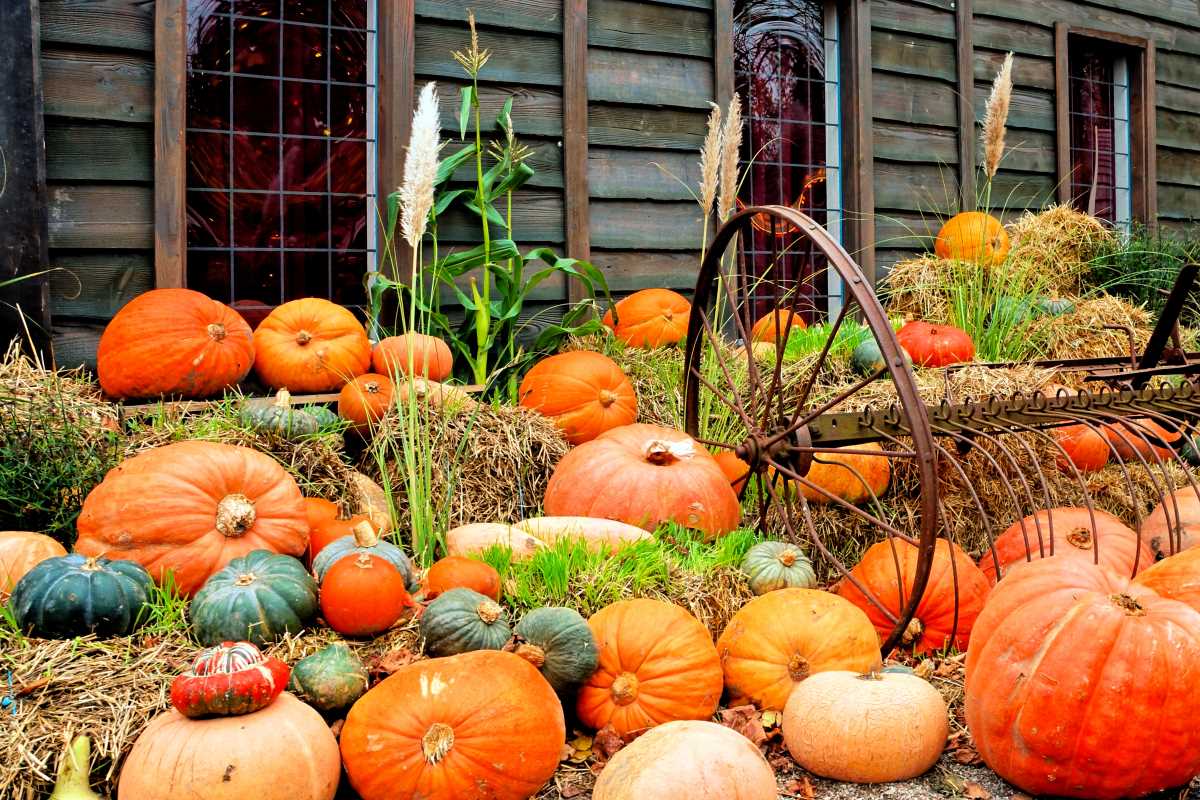

.jpg)
